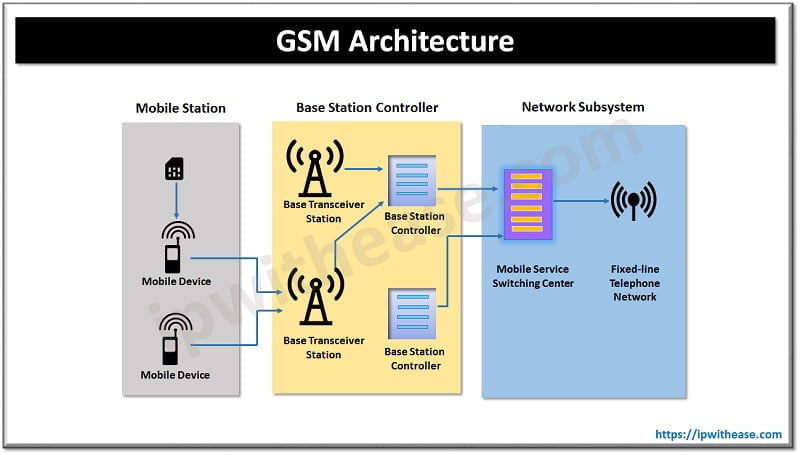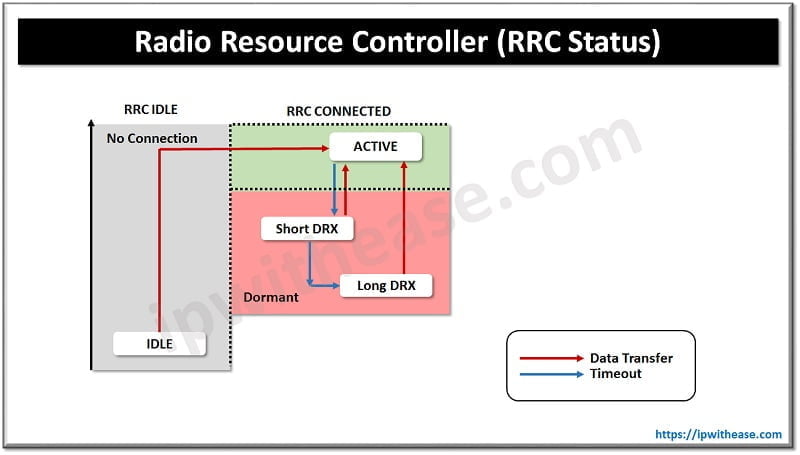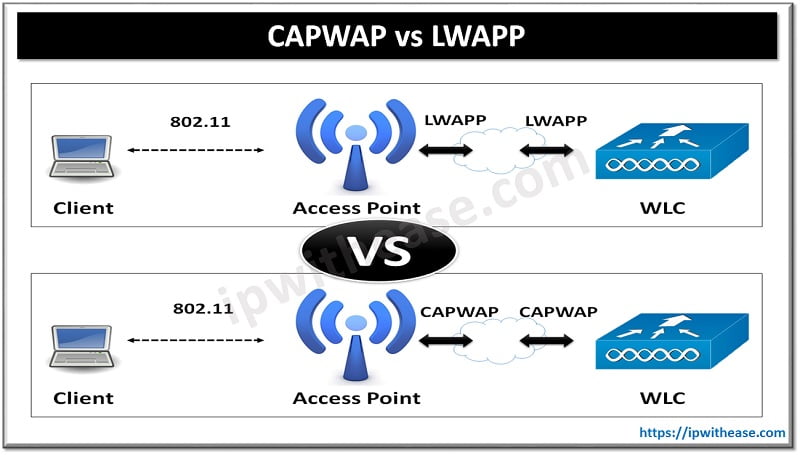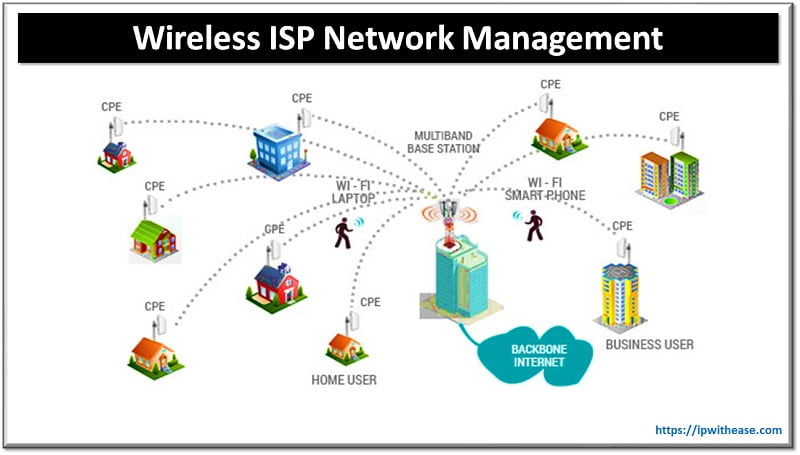Table of Contents
GSM and LTE are two different technologies which are used in mobile technologies. GSM developed in in the early 90s for 2G mobile connectivity. LTE is a wireless broadband standard used for high speed communication and data transfers in cellular networks.
Let’s explore more in detail about these two technologies GSM and LTE which are used in mobile communications.
What is GSM?
GSM is an acronym for ‘Global system for Mobile communication’ is a global system for mobile communication and it is a wireless technology that is implemented in mobile phones and it shares 80% of the global market. In GSM frequency band is divided into four categories such as PCS1900, GSM 850, DCS 1800 and GSM 900. It supports a frequency of around 200 KHz. GSM uses Time division multiple access (TDMA) and Frequency division multiple access (FDMA) methods.
The physical layer of GSM comprises many units such as forwarding error, interleaving, multiplexing, ciphering and these units / modules reside at both sides base stations and subscribers and channels are segregated into done logical and physical channels.
It is a secure wireless communication technology and uses authentication measure challenge-response authentication which asks the user for a valid answer to a question and a pre-shared key in the form of password or passphrase. It uses GPS packet-based communication service to send data.
History of GSM
GSM predecessor was Advanced Mobile Phone service (AMPS) in USA and Total Access Communication System (TACS) in UK which were built on analogue technology. These telecommunication technologies were unable to scale up with the increasing users’ base and this led to emergence of new technologies in the cellular world.
GSM is the widely acceptable communication standard developed in 1982 by Europeans. The representatives from 13 European countries contracted to set up a telecommunication standard. Managed by European Telecommunication Standards with three hundred million subscribers.
Mobile services based on GSM technology were launched in Finland in 1991. The GSM frequency band is expanded from 900 MHz to 1800 MHz. In 2010, GSM spanned 80% of the cellular market worldwide.

How does GSM Technology work?
GSM network has four parts which work together as a whole component: the mobile device, the base station subsystem (BSS), the network switching subsystem (NSS) and operation and support subsystem (OSS).
- The mobile device connects via hardware to network. The subscriber identity module (SIM) card provides the network connectivity.
- Base Station subsystem (BSS) – Cellphone and NSS traffic is handled via BSS. It has two main components – the base transceiver station (BTS) and the base station controller (BSC). The BTS has the equipment which communicates with mobile phones, radio transmitters, receivers, and antennas, BSC component communicates and controls a group of base transceiver stations (BTS).
- Network switching subsystem (NSS) component also known as core network tracks the location of callers and enables them to deliver cellular services. NSS is owned by mobile carriers. NSS has many other parts, mobile switching center (MSC) and home location register (HLC). MSC routes calls and provides Short messaging service (SMS) and HLC maintains information about the subscriber which is used for authentication and storage of caller details.
- Operation and Support subsystem (OSS) is used to control and monitor the overall network. It also control the traffic load of the Base Station subsystem.
What is LTE?
LTE stands for ‘Long term evolution’ which is a wireless broadband technology used in high-speed data communication and transfer of data in cellular phones. In LTE the range is from one to twenty-five and then it is also extended from thirty-three to forty-three. The frequency of Release 8 supports bandwidth – 20 MHz, 15 MHz, 5 MHz, 10 MHz, and 3 MHz. LTE uses the principle of downlink in OFDMA and uplink of SC-FDMA.
LTE follows Time division duplex and frequency division duplex technique and it is segregated into three channels – physical, logical and transport channels.
History of LTE
LTE is coined from a project ‘Third Generation Partnership Project’. This enterprise follows the standards of UMTS and GSM. Their collaboration came up with an idea of restructuring mobile communication networks into LTE technology and an official part of 3GPP release 8 standard.
How does LTE Technology work?
LTE was designed to address low latency data transmission issues in cellular networks. LTE operates on a separate spectrum than 3G. The Radio resource controller (RRC) is the brain of an LTE system and it tracks the connection status of the device and allocates radio resources to the device for sending or receiving data over the network.
Constant connection or keeping radio active always could be an overhead on mobile batteries. The Radio resource controller (RRC) schedules the connection between the network and the devices. It sets up the schedule on who uses the network and when they can use it and bandwidth allocation happens for each user, power state negotiation, and mediation of signal power used for communication.
LTE device status is determined by state machine algorithm as per LTE specification. When a device is connected to a network RRC makes the device status either ‘IDLE’ or ‘Connected’.

UMTS Terrestrial Radio Access Network (E-UTRAN) is responsible for physical device connectivity to the core network, which in turn connects the user device to external networks such as public Internet. It handles radio communication between device and core network. eNodeB hosts are cellular base stations which are responsible to maintain radio resource controller state and assign radio resources for active devices in broadcast areas named ‘cell’.
- Evolved packet code (EPC) is responsible for connectivity between radio networks and the public Internet. EPC performs traditional IP switched data routing and policies desired by network operators. It has many components: the Packet data gateway (P-GW) which connects to external endpoints, the Policy control and charging rules function (PCRF) is deployed outside the packet gateway. It handles packet filtering and user data limit enforcement policies.
- The mobility management entity (MME) manages the state of users in the network. It is a user management service which tracks user location, account details, billing status etc.
- The Home Subscriber Service (HSS) is a database of users and kept aside for use by legacy technology.
- The serving gateway (S-GW) functions like a router and data is forwarded between base stations and packet gateway.

Comparison Table: GSM vs LTE
Below table summarizes the difference between the two:
| FUNCTION | LTE | GSM |
| Definition | LTE stands for ‘Long term evolution’ which is a wireless broadband technology used in high-speed data communication and transfer of data in cellular phones | GSM is ‘Global system for Mobile Communication’ |
| Technology | LTE uses principle of downlink in OFDMA and uplink of SC-FDMA | GSM uses TDMA(Time division multiple access) and FDMA (Frequency division multiple access) |
| Availability | 5.55 billion LTE subscribers worldwide | 8.3 billion GSM subscribers worldwide |
| Data Speed | Download speed around 20 Mbps | Maximum transfer speed of 384 Kbit/s |
| Features | LTE follows 8*8,4*4 MIMO and co-operative MIMO and multi-user MIMO is supported, uses Gaussian Minimum Shift keying modulation technique , encryption algorithms used is A3, A5 and A8 | Follows 2*2 MIMO, uses quadrature phase shift keying, 6 and 64 QAM modulation technique , |
| Providers | Verizon, AT&T, T-Mobile, Sprint, Airtel, Aircel, Reliance Jio Infocom Ltd and Vodafone | AT&T ,T-Mobile, Airtel, Idea, Vodafone, Reliance, BSNL, Tata and Aircel. |
| Applications | Voice calls, GPRS, data calls, additional features such as SAIC, VAMOS and MSRD | Data calls and supports for MIMO Carrier aggregation, beam forming etc. |
| Download the comparison table: GSM vs LTE | ||
Continue Reading:
CDMA vs GSM: Detailed Comparison of Mobile Technologies
What is CDMA? Mobile Technology
ABOUT THE AUTHOR

You can learn more about her on her linkedin profile – Rashmi Bhardwaj



